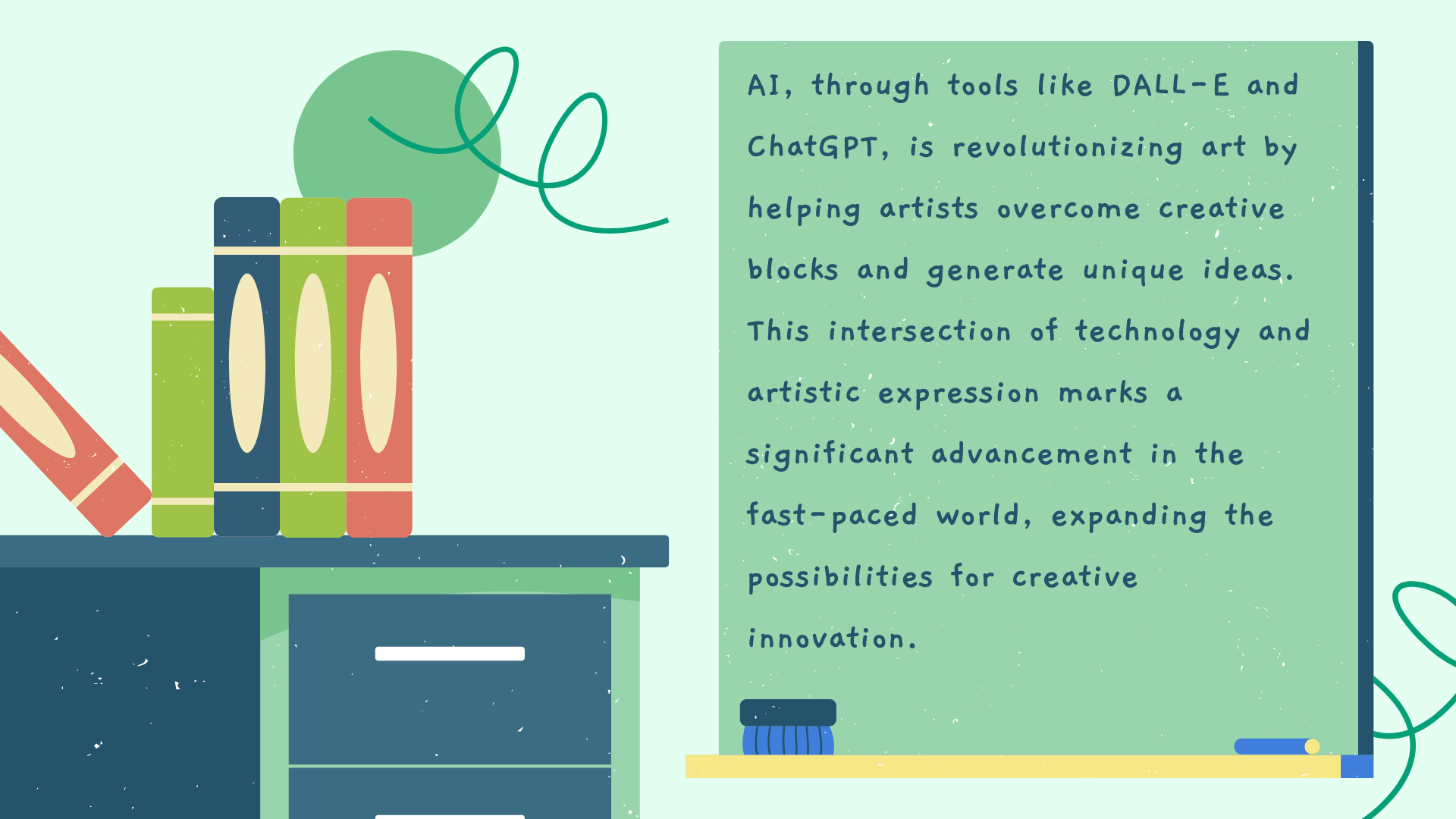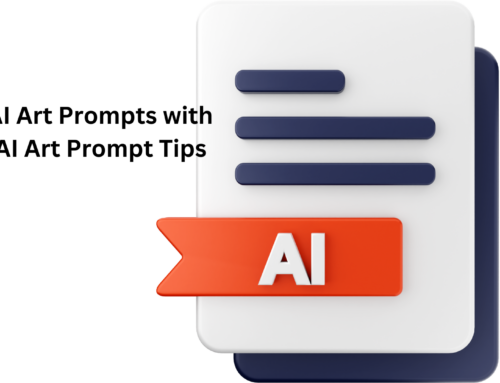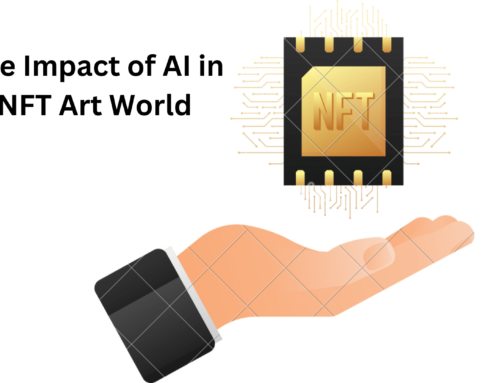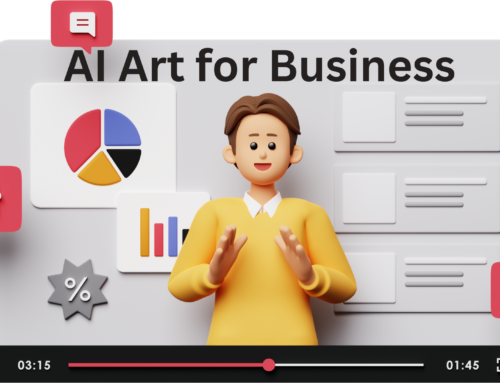In this fast-paced world, where technology seems to be evolving at the speed of light, there’s one thing that stands out among the rest, AI or artificial intelligence. AI has been making waves in various fields, from healthcare to finance, and now it’s also stepping into the world of art. Yes, you heard it right! AI is not just about robots and complex algorithms; it’s also about creating beautiful artwork that can mesmerize anyone. This integration of AI in art education showcases the diverse applications and advancements in technology, offering innovative tools to inspire creativity and overcome artistic challenges.
Thanks to the advancements in AI, particularly AI art in education, artists can now use AI-powered tools like DALL-E, midjourney, and ChatGPT to create stunning pieces of art. These tools act as prompt generators, helping artists come up with unique ideas and bringing them to life. Gone are the days when artists had to struggle with creative blocks; with AI by their side, the possibilities are endless.

How can AI art generators be used to enhance art education and make it more engaging for students of all ages and skill levels?
According to Andre Oentoro CEO and Founder of Breadnbeyond, AI art generators hold immense potential in enhancing art education. He says, “Yes. I think with AI art generators, students of all ages can easily get access to a wide range of artistic styles, techniques, and concepts. Those tools are just like a source of inspiration for their own creative thinking. From all of the AI-generated results, they can experiment with different ideas, styles, and mediums without the fear of “ruining” traditional materials– which can encourage risk-taking and exploration.”
Can AI art tools help to develop critical thinking skills and creativity in students, or could they inadvertently stifle human imagination?
While AI art tools can spark creativity and critical thinking, Andre warns against overreliance on them. He emphasizes, “AI art generators are best used for brainstorming sessions, where students can get inspired by what has been generated. While AI-generated results usually look tacky, the rough ideas can spark new creative pathways for students. However, overreliance on AI-generated content may limit students’ ability to think outside the box and develop their unique artistic voice. This potentially leads to homogenized, derivative, or even overused artwork.”
What new educational frameworks and teaching methods are needed to prepare future generations for a world where AI art is ubiquitous?
Andre advocates for educational frameworks that prioritize creativity, critical thinking, and problem-solving skills over mere technical proficiency in using AI tools. “I believe that education should focus on cultivating students’ creativity, critical thinking, and problem-solving skills rather than just technical proficiency in using AI tools. When we prioritize creativity, critical thinking, and problem-solving skills, we empower students to navigate a rapidly changing world with resilience, adaptability, and a capacity for innovation.
So, even as technology evolves and AI art generators become more mainstream, the fundamental skills of creativity, critical thinking, and problem-solving remain essential for individuals to fully use the potential of these tools and drive meaningful progress in society”
Is AI art in education changing how we view art as communication?
In the ever-evolving landscape of art education, the influence of artificial intelligence (AI), particularly AI art in education is becoming more apparent. As we navigate the world of art and design, AI systems are not just algorithms but companions in our creative journey. Imagine a fine arts class where students collaborate with generative AI to create modern masterpieces, breaking traditional boundaries. In art schools, the integration of AI technology is reshaping lesson plans and academic affairs, providing students with innovative ways to use AI as a tool for expression.
Art as a way of communication is taking a leap into the future with the impact of AI art in education. AI-based tools are not replacing the artist but enhancing their abilities, opening new horizons for exploration. As we explore the ways in which machine learning can be applied to the creation of art, students are empowered to think beyond conventional methods. The influence of AI goes beyond the canvas, fostering a dynamic relationship between technology and creativity.
In the coming years, the collaboration between artists and AI systems will continue to redefine the landscape of AI art in education. The question is not about man versus machine but about the harmonious coexistence of human creativity and artificial intelligence. It’s an exciting journey into uncharted territory, where the fusion of art and AI sparks a new era in the world of art and design.
Preparing for the Art World with AI
As we step into the future of AI art in education, the landscape is evolving with new technologies, especially the availability of artificial intelligence. In bustling cities like New York, the art scene is embracing AI-generated masterpieces alongside traditional works. Here are some intriguing ways to use AI art in education and studios:
- Art Lessons with a Twist: Incorporate AI into art lessons to expose students to new ways of thinking and creating.
- Generative AI Systems Exploration: Let students explore generative AI systems to understand how they can influence the artistic process.
- AI to Prepare for the Art World: Introduce AI to help students understand and prepare for the dynamic and evolving art world.
- Concerns for Art and Design Discussion: Engage students in discussions about the ethical concerns surrounding the use of AI in art and design.
- Photoshop vs. AI: Compare and contrast traditional tools like Photoshop with AI, highlighting the unique advantages AI brings to the creative process.
These new dimensions in art education not only broaden the artist’s toolkit but also prepare students for a future where collaboration with AI is not just a possibility but a creative necessity. The canvas of learning expands as we embrace the possibilities that AI brings to the world of art and design.
How does AI, specifically CC, blend into art education?
As we step into this era of technology, the future of creativity in art education is taking a bold leap, with the integration of AI algorithms becoming a defining feature. The landscape is evolving, not just by introducing AI but by seamlessly integrating it into the learning process. In classrooms, students use digital tools powered by computational creativity (CC), exploring platforms like image generators to unlock new dimensions in artistic expression. The once rigid boundaries between human creativity and technology are becoming more fluid, ushering in an immersive and creative industry landscape.
In graphic design and beyond, programs like CC are ensuring stable diffusion of technology and creativity. These platforms provide an immersive experience, allowing students to delve into the possibilities that arise when human creativity collaborates with computational power. The learning process becomes a dynamic journey, with AI algorithms not only being tools but companions in the exploration of the creative process. Platforms like image generators play a pivotal role, offering students an innovative canvas to paint their ideas.
As we navigate the future of AI art in education, it is crucial to ensure that students are well-prepared for the evolving creative industry. The introduction of AI, especially in programs like CC, is not just a shift; it’s a transformation. It’s about equipping the next generation with the skills to thrive in a landscape where the boundaries between traditional and digital, human and computational, blur in the pursuit of artistic excellence. The future of creativity is not just on the horizon; it’s in the hands of students embracing the potential of AI in graphic design and beyond.

Airbrush AI’s Visual Mastery in Education
Have you heard about Airbrush AI? It’s a game-changer in the realm of text-to-image generators, recently becoming a buzz in educational settings. Created using cutting-edge computer systems, Airbrush AI offers a unique set of features and benefits that organically blend into educational experiences. Here’s a glimpse of what makes it stand out:
- Personalized Art Creation: Airbrush AI allows for personalized art creation by converting text descriptions into vivid images, catering to individual creative expressions.
- Privacy Assurance: Unlike some tools that may raise concerns about personal data, Airbrush AI prioritizes privacy, ensuring a secure and worry-free creative environment.
- Problem-Solving Visuals: It’s not just about art; Airbrush AI excels in problem-solving visuals. Whether it’s illustrating a concept or breaking down complex ideas, this tool turns text into engaging and comprehensible images.
- Inspired by DALL-E: Drawing inspiration from the likes of DALL-E, Airbrush AI taps into the potential of generative AI to create diverse and imaginative visuals.
- Enhancing Educational Experiences: With its versatility, Airbrush AI seamlessly enhances educational experiences, providing a dynamic tool for teachers and students alike who want to stay ahead in the era of technology.
As we navigate the future of AI art in education, tools like Airbrush AI stand as beacons, transforming the way we approach creativity and problem-solving in educational settings.
Concluding Thoughts on AI Art in Education
In wrapping up this journey into the future of AI art in education, it’s clear that the landscape is evolving, and the canvas is expanding. The use of AI in classrooms has become more than just a trend; it’s a transformation in the way we approach creativity and learning. As we delve into augmented and virtual reality, the potential becomes even more exciting. These digital elements are not just tools but companions in the creative process, opening new doors for expression and exploration.
In this digital storytelling era, the provost of education is to ensure that the needed resources, including datasets and Creative Commons Attribution, are available. The future of creativity depends on how we disperse these resources, making sure that every stroke of innovation is properly cited. It’s not just about using these generators; it’s about asking students to digitize their ideas and giving them the skills to navigate this evolving landscape responsibly.
As we navigate this terrain, the importance of avoiding plagiarism in the digital realm becomes essential. AI is a tool to amplify human creativity, not a shortcut to copy-paste. The challenge is to foster a culture where innovation is encouraged, ideas are properly cited, and the fusion of traditional and digital becomes the norm. The future of AI art in education is not just about technology; it’s about the mindset and responsibility we instill in the creators of tomorrow.








Leave A Comment